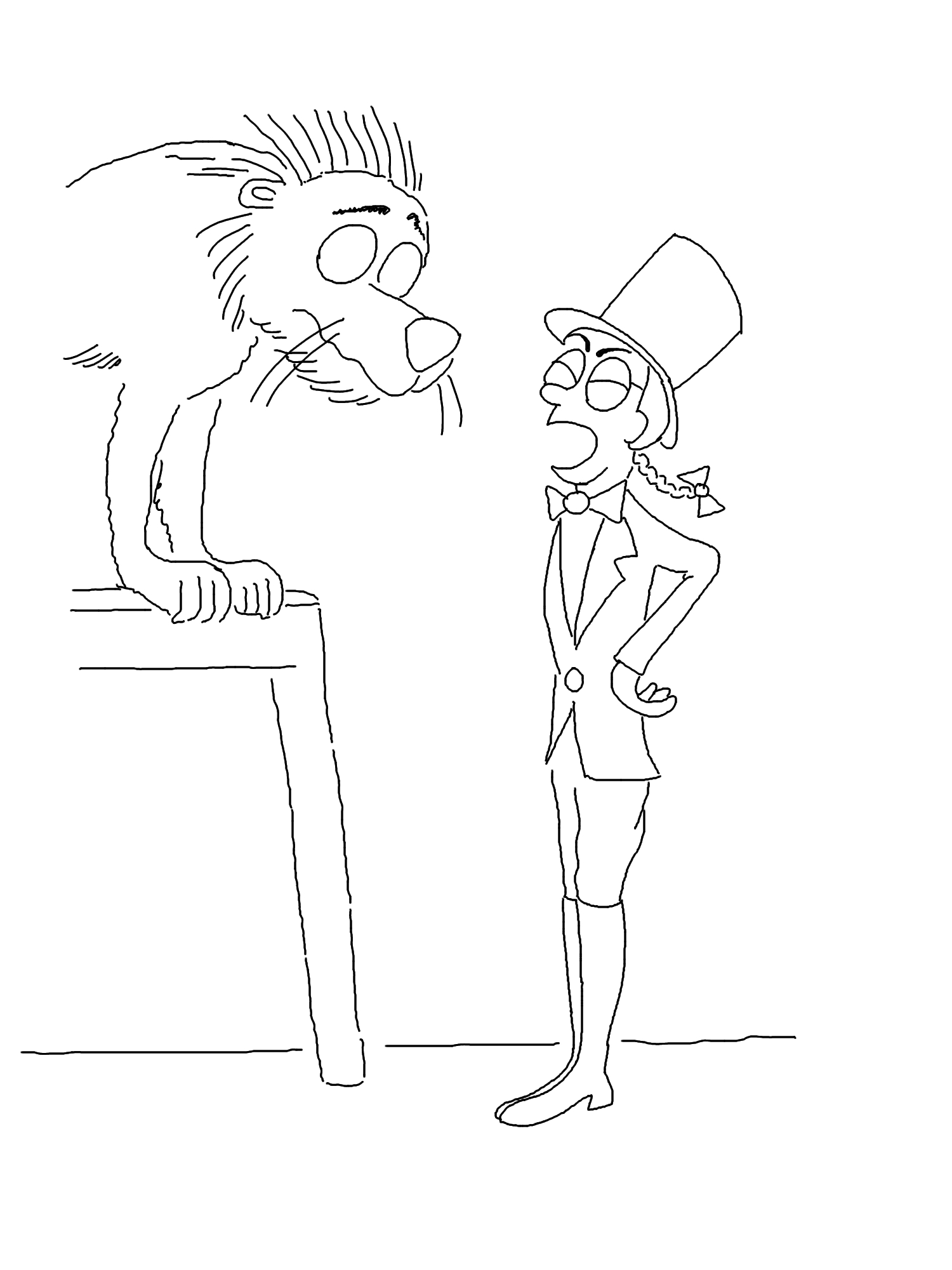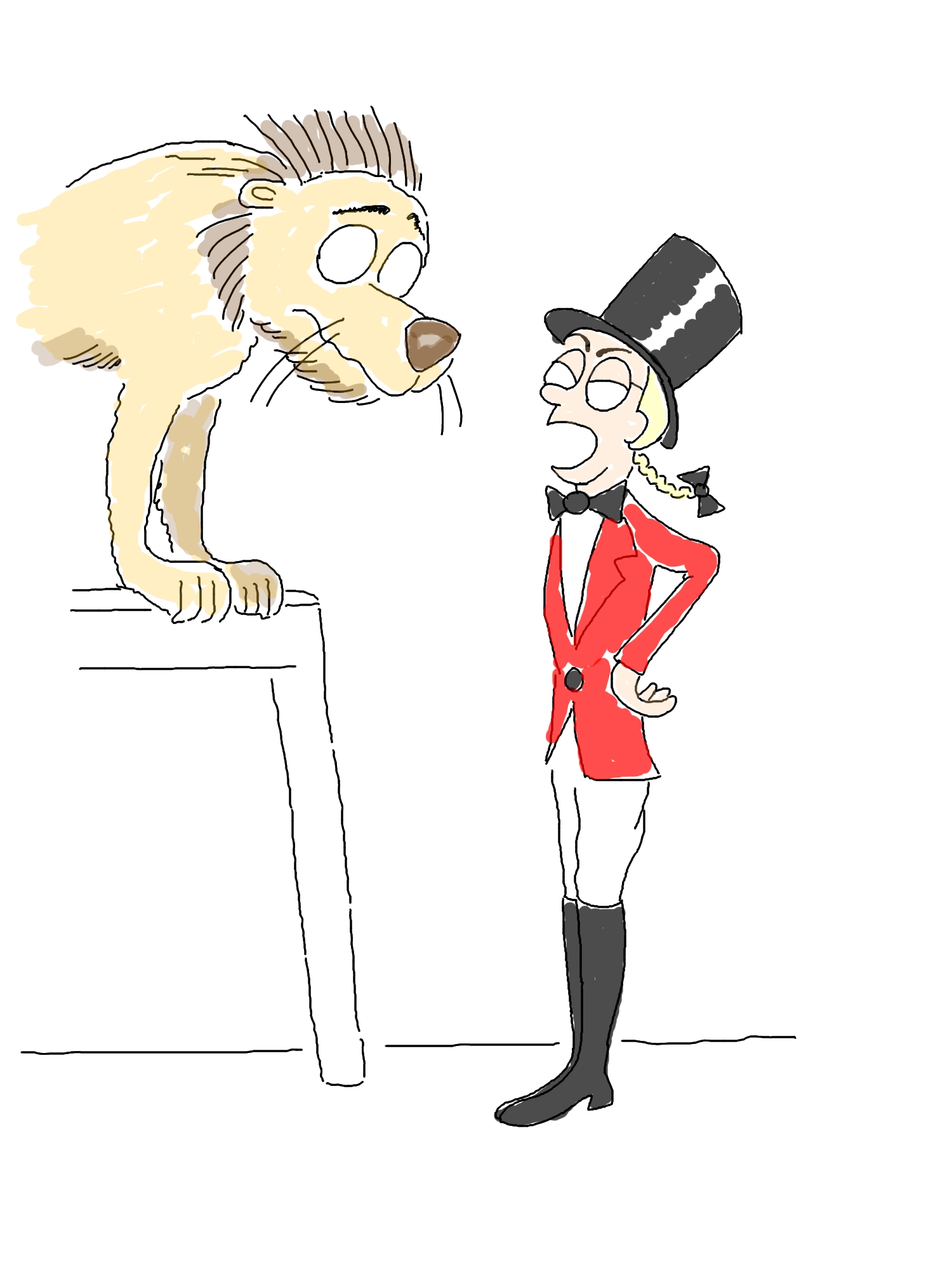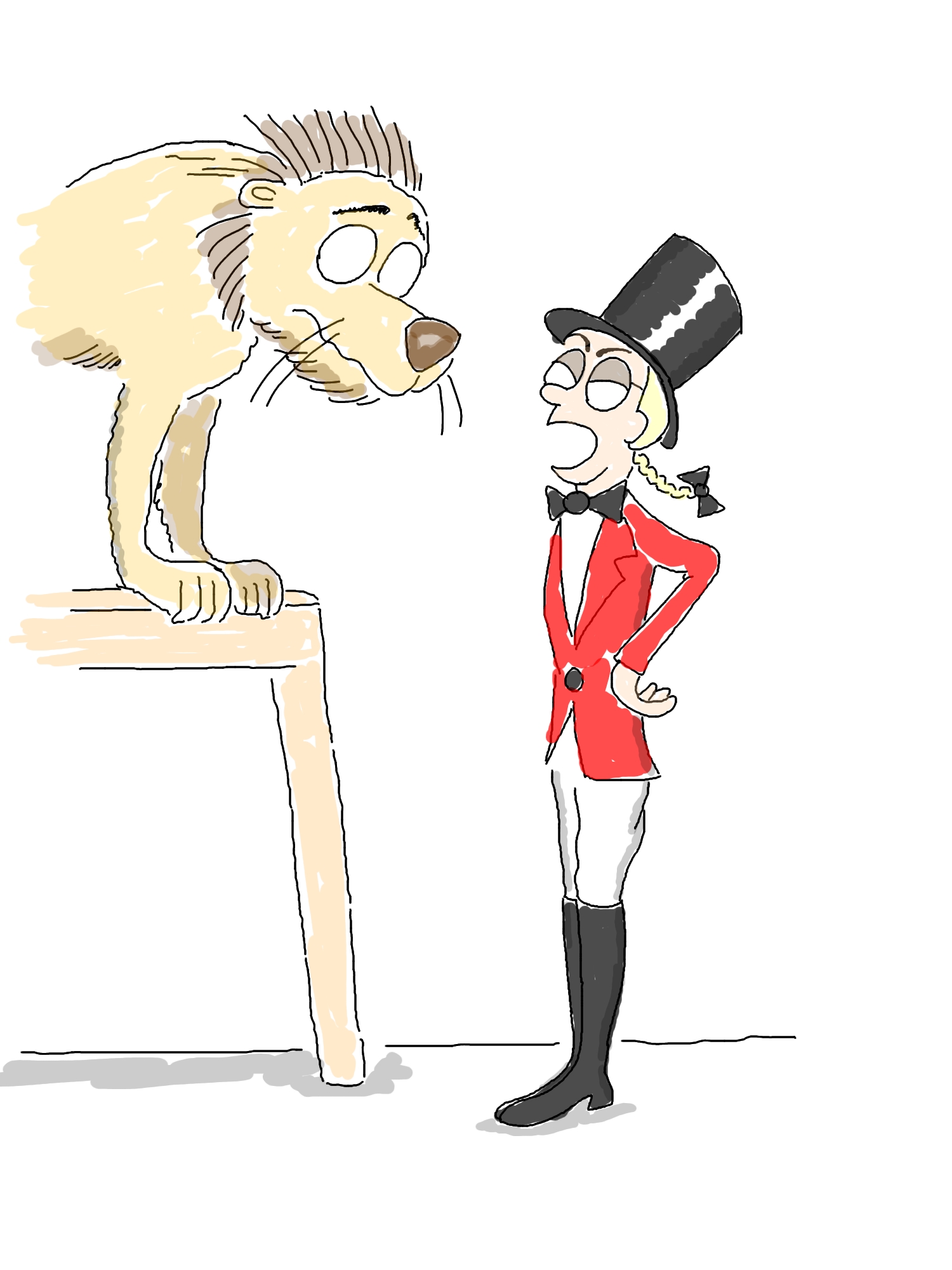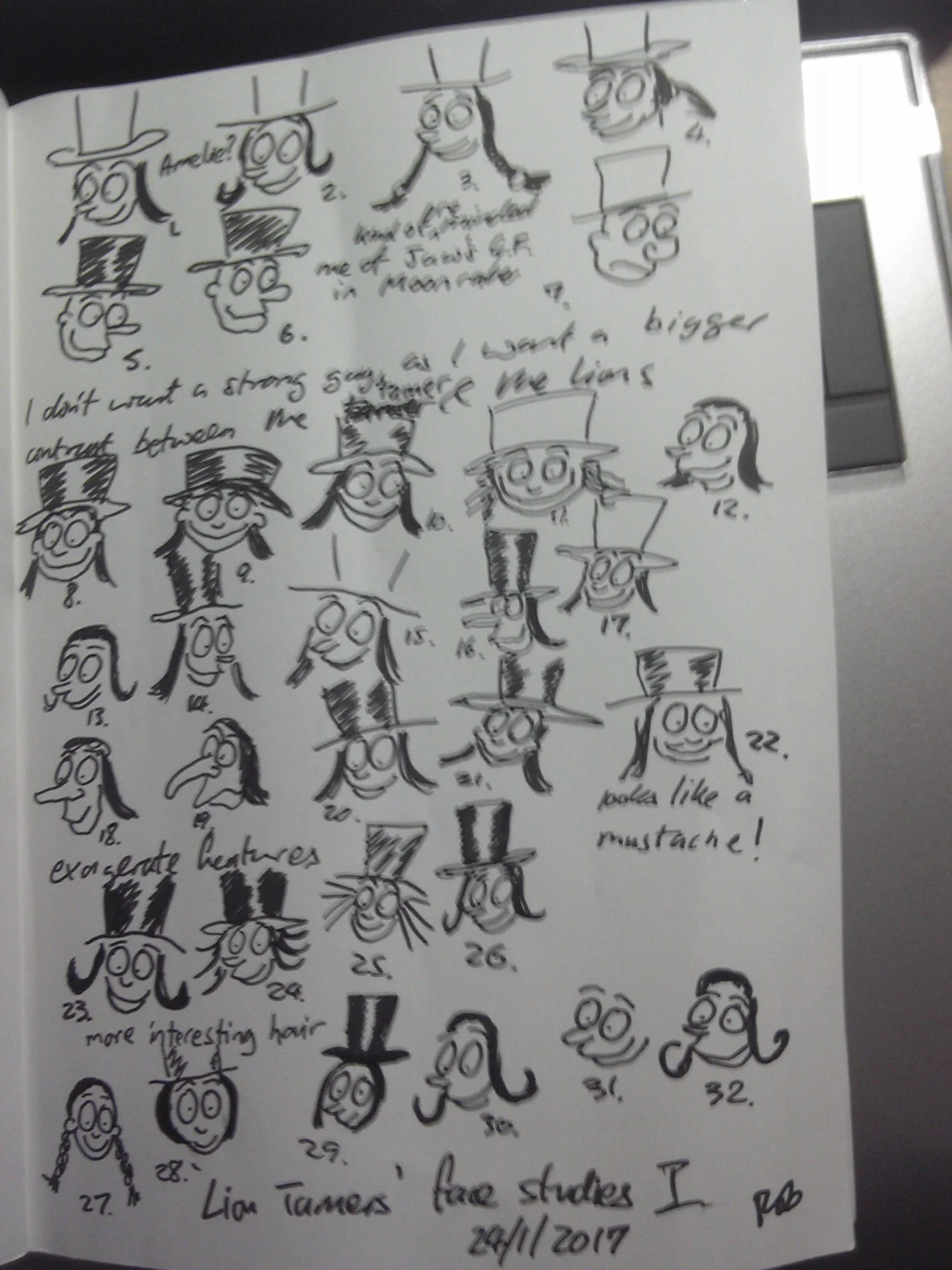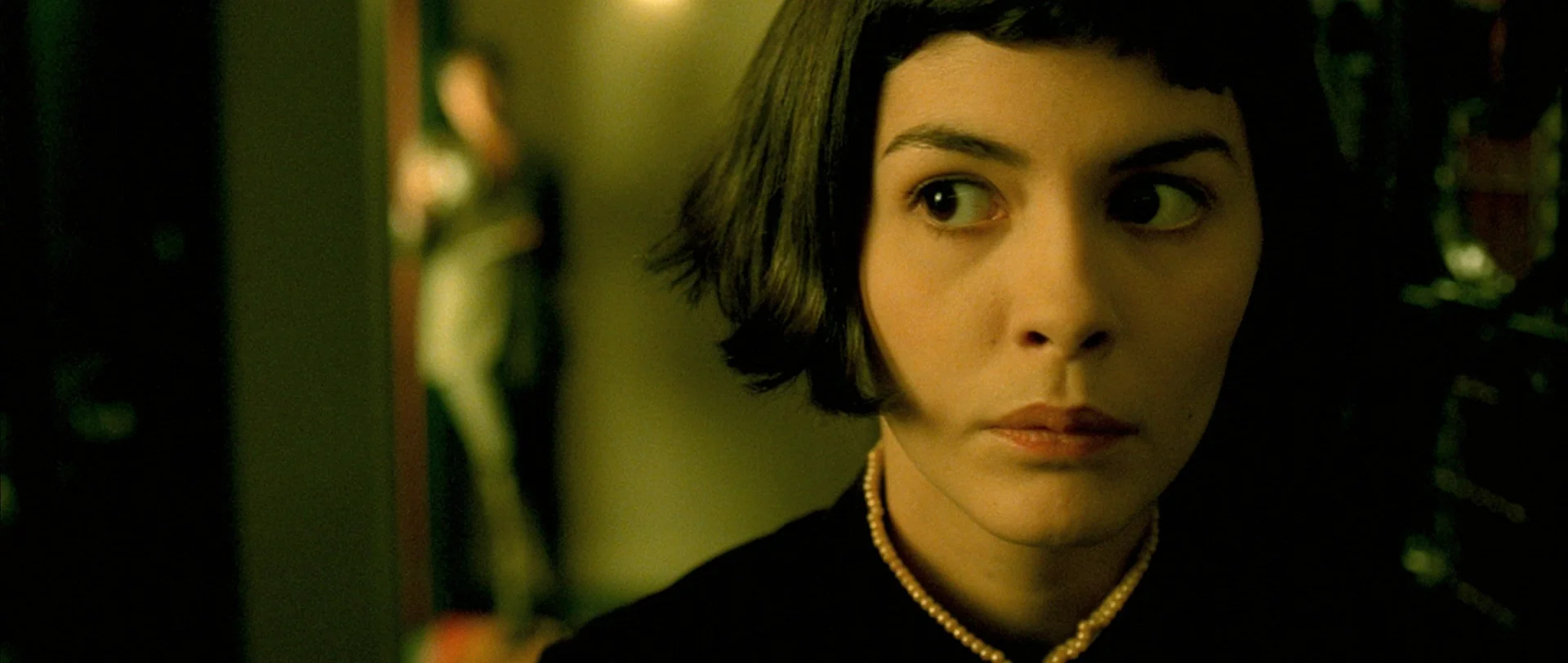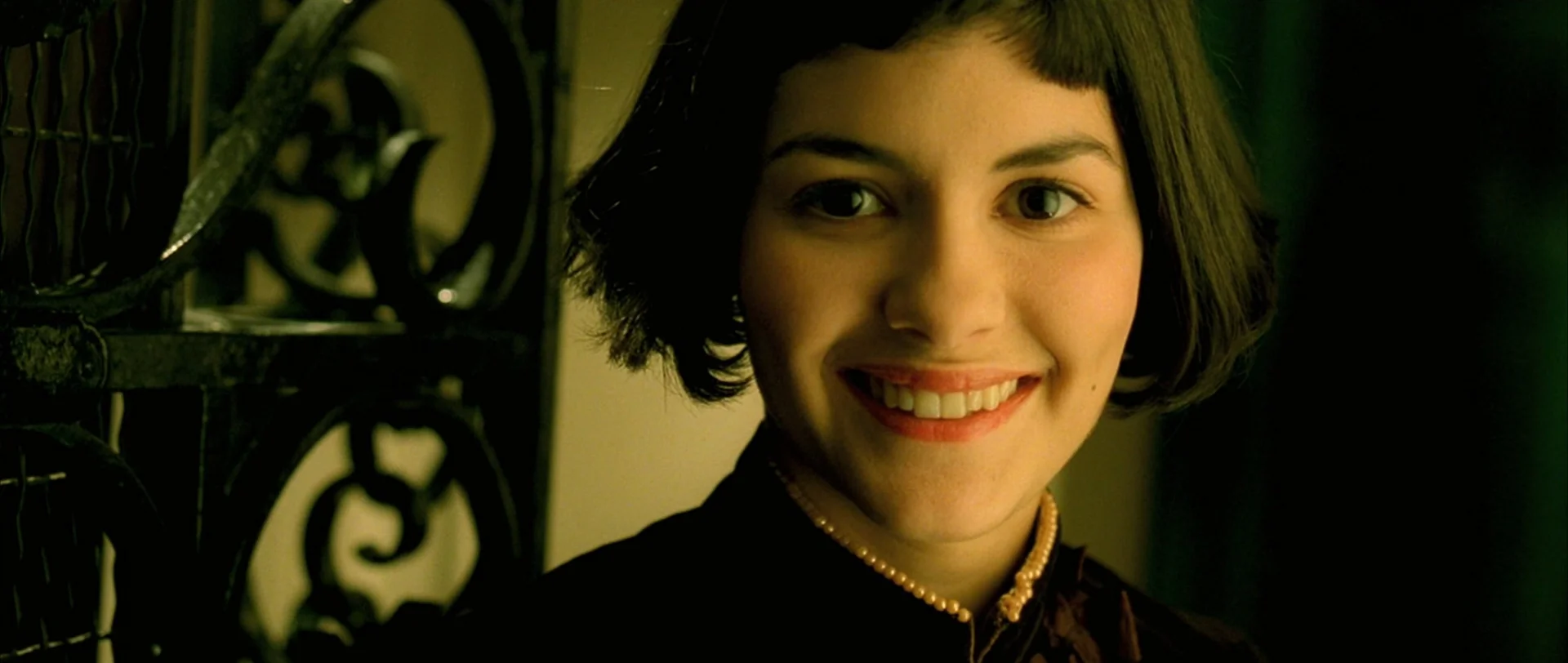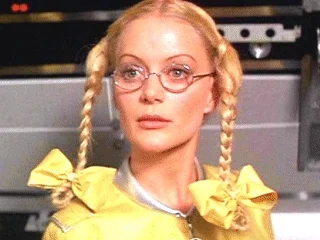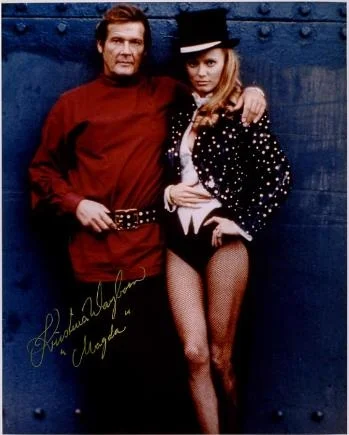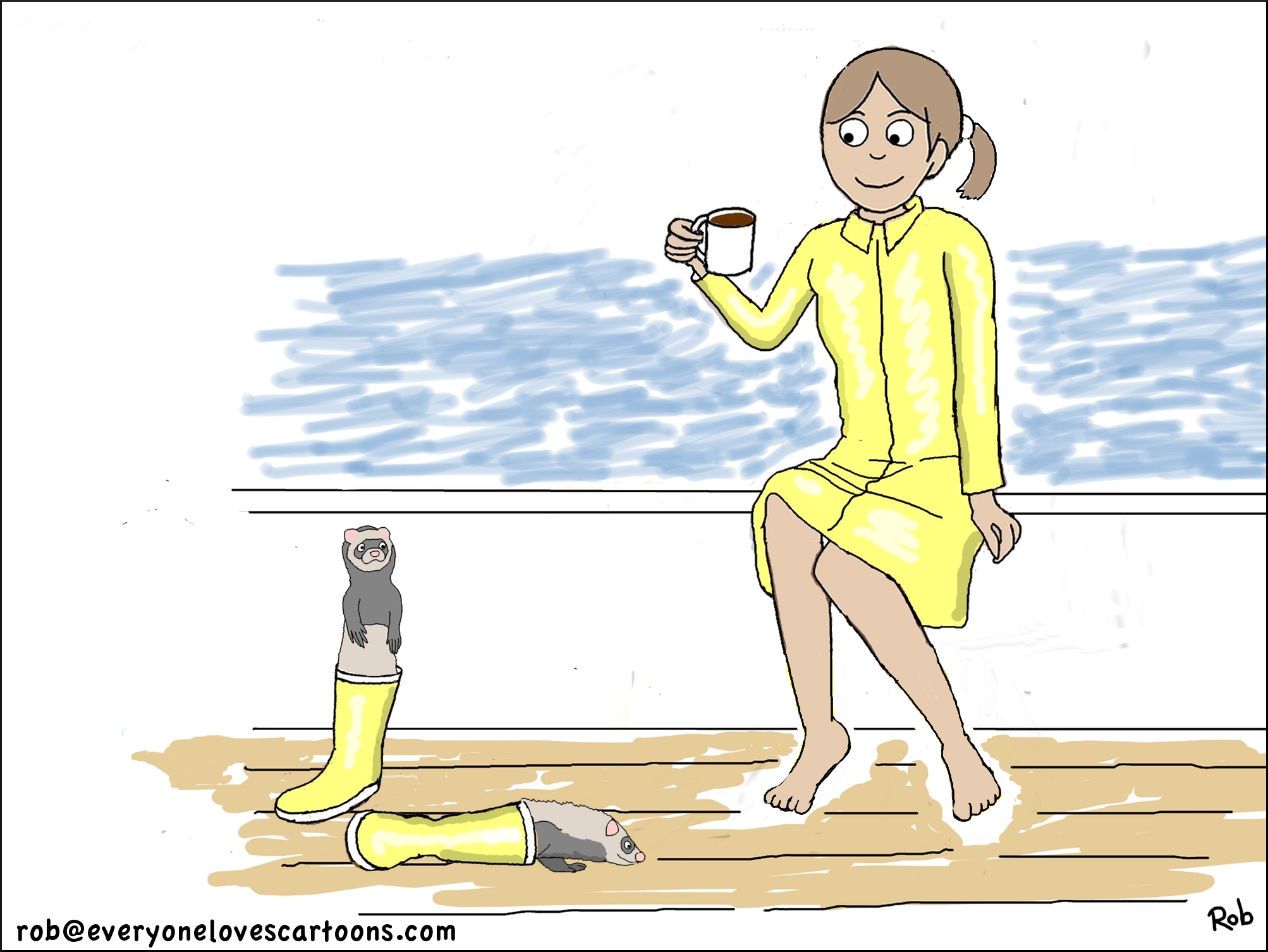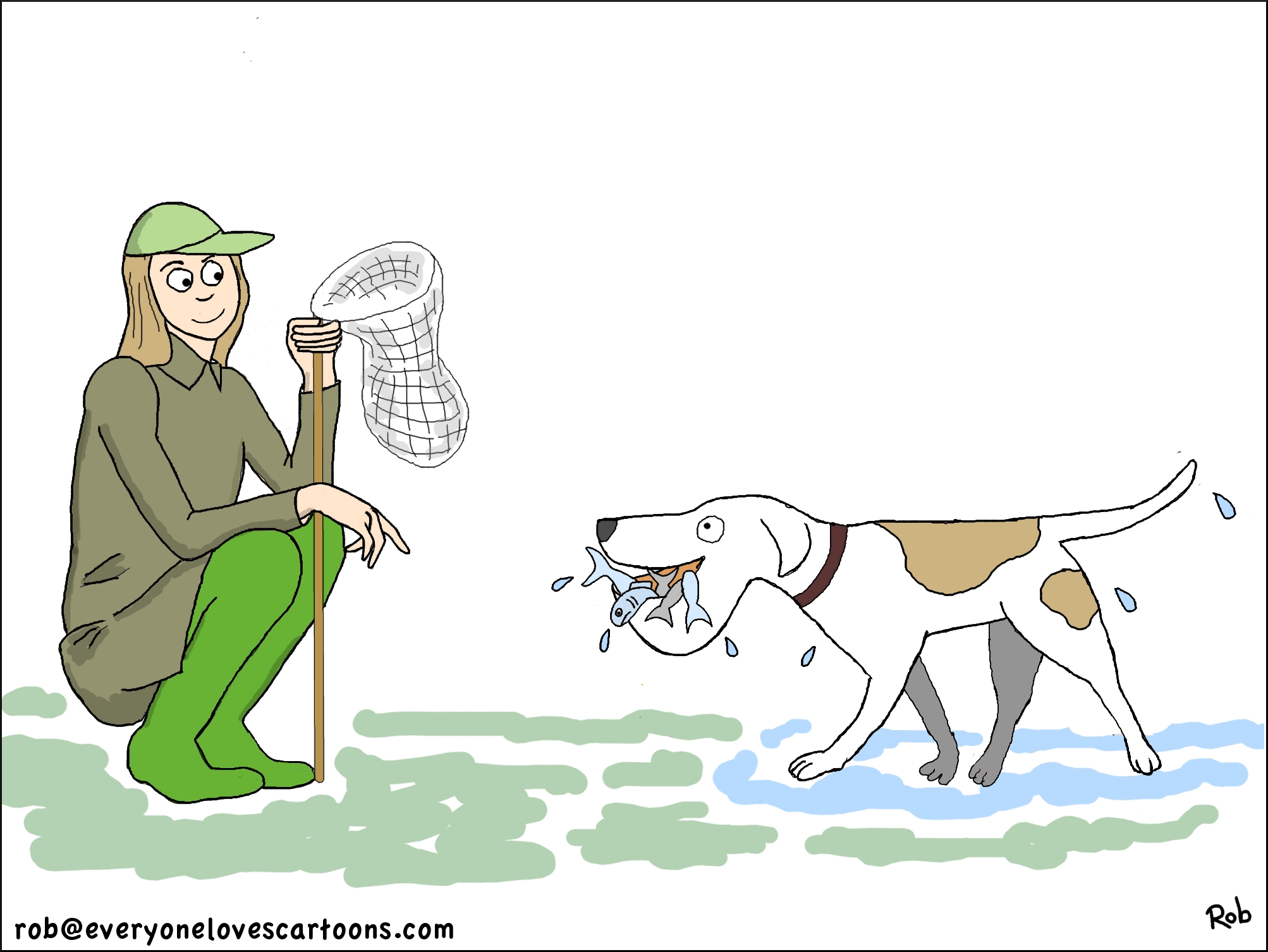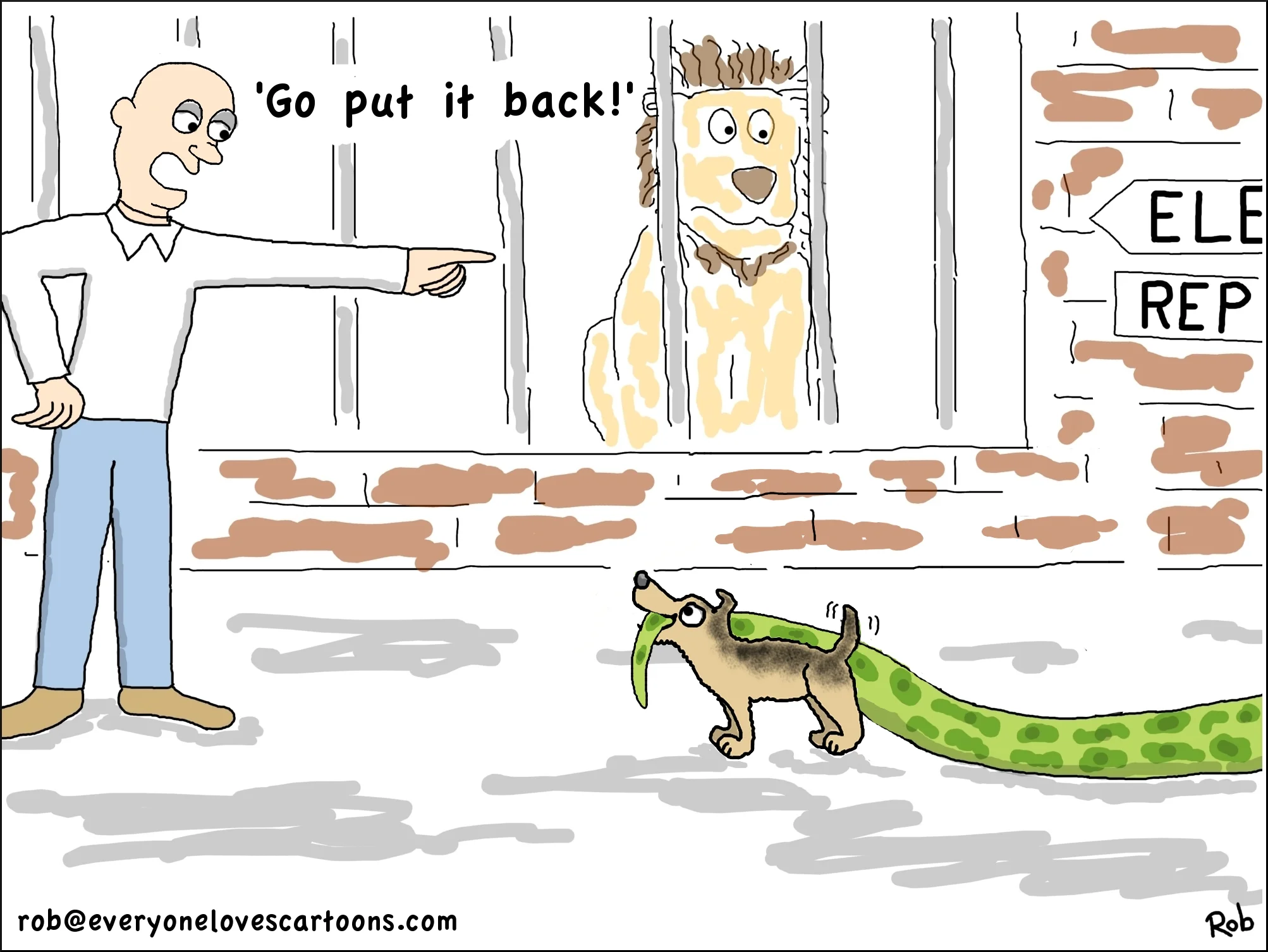Blanche and the Lion - model sheets
These are various model sheets I drew for Blanche and the Lion, exploring different poses and expressions from different angles.
Side kicks
This week's assignment is to create a side kick our character.
Today I thought I'd look back over some side kicks from strips I used to read.
First up is Boot, Wellington's dog from the Perishers, of course Boot would regard himself as being the main character with Wellington his side kick.
Image from: http://1.bp.blogspot.com/-yIgIBNHcSvs/UiGmeiVK2RI/AAAAAAAAXhI/pLZHfWe_rIA/s1600/scan0001.jpg
Next up is Jock and Yorkie, friends to Fred Basset.
Image from: http://www.goodreads.com/book/show/6178826-fred-basset-2008
And now on Dogbert, who like Boot above would in no way see himself as the secondary character.
Image taken from: http://www.nydailynews.com/news/national/cnn-political-reporter-draw-dilbert-guest-artist-article-1.2646300
More Blanche and the Lion
I've recently been working on a new character - Blanche the lion tamer. Here are a few more pics of her and the as yet unnamed lion. If you have any suggestions for names, then please let me know.
About the Cartoonist
Hey there, my name is Rob Middleton. I'm 'THE CARTOONIST.'
Great copywriters craft words that EXPLODE in your prospects imaginations and lead them to the sale. That’s basically what I do except I use cartoons and humour to engage you with an emotive, childlike fascination that will live on long in your memory.
I pride myself on drawing your pets and other animals. Whether they be to gift another or too memorialize a beloved four-legged, or feathered family member a well-drawn cartoon is the perfect personalised gift to give someone in this hyped-up, photoshopped world we live in. I draw people and other creatures too!
Oh, yeah... one more thing.
I ALWAYS deliver on time.
I am currently for hire so, if you would like to speak to me directly you can email me by clicking 'contact' below.
Enjoy the site.
Blanche and the Lion - process
Blanche and the Lion - process
Recently I've been working on two new characters, Blanche the lion tamer, and the lion - as yet unnamed.
What I'm going to show below is how I went froma sketch on paper to recreating the drawing on my tablet.
1.
Here is a photo of the picture originally drawn and coloured in pencil.
2. I put a transparent layer on top and traced the outline. I saved the transparency to use again later.
3. I now have the outline on a white background.
4. Next, colour is added.
5. Then, some shadow to give perspective.
6. Finally, I add the eyes and tidy up a little. I then end by applying the transparent outline again to make the lines clearer.
Creating a character
Today we continued to develop the character, working on the body proportions. I'm a bit behind, as I hadn't settled on which face from yesterday. I decided to go back to doodling faces. A few images popped into my mind, including 'Amelie', Jaw's girlfriend from Moonraker (Blanche Ravalec) and 'Magda' from Octopussy (Kristina Wayborn). I thought that Magda was a bit too much of a safe choice and not as interesting as the other two. Amelie kept coming back into my mind, so I decided to continue with her. I might try combining her with Blanche and see what happens.
After that, I did a few body skethes, but nothing really stuck and I didn't really like any of them apart from the first one, and a later short one. I thought it would be interesting to have a slight and short figure to contrast against the lions.
Lesser Known Dog Breeds - The Siberian Greyhound
The Siberian Greyhound, or ‘The Flying Furball’, as some owners like to call it, had it's origins when a pair of traditional Greyhounds was gifted to Tsar Nicholas I. After returning to Russia, they soon realised that the dog was poorly equipped to cope with Russian winters.
Wanting too retain the fleet of foot, but also to to produce a dog more able to embrace the cold, a breeding program was started crossing the Greyhound with the Siberian Husky.
Siberian Greyhounds are occasionally entered for regular Greyhound races, and although they equip themselves well, as their thicker coats are less aerodynamically efficient as regular Greyhounds, they usually fail to challenge for top honors.
In 1898, a Siberian Greyhound called Poochski, discovered the first evidence for the Giant Siberian Rabbit, which until then was assumed be be purely legend and not an actual animal.
Woof! Woof!
Want to grab someone’s attention? Well, everyone loves cartoons, and I can draw pictures to catch the eye, just like the ones above.
Lesser Known Dog - Breeds - The Shoe Shine Terrier
Lesser Known Dog Breeds- The Shoe Shine Terrier.
Terriers have a reputation for being tenacious, and perhaps even stubborn at times, none more so than the Shoe Shine Terrier, whose role in life is to keep doggedly polishing away to ensure that your shoes are kept in tip-top condition.
Shoe Shine Terriers can still be found prowling the corridors of The Chauncey hotel in the early morning, each one carrying a different colour polish brush in it's mouth to ensure that all hues of shoe are catered for.
Italian movie star, Luisa Mentholo, always kepta Shoe Shine Terrier on hand to ensure that her footwear was kept mirror-like at all times.
Some genetic trait, inherent to the breeds, ensures that Shoe Shine Terrier's coat can only ever be white. Which, unfortunately, isn't the best of colours when you are dealing with shoe polish all day long.
Lesser Known Dog Breeds - The Spring Cleaning Spaniel
It is only a few decades since the high point of the Spring Cleaning Spaniels career, when the dogs could be found throughout the UK, Europe, and North America, leading a hand, or paw I should say, with the cleaning.
The main champion of the Spring Cleaning Spaniel breed was the the cleaning fan and obsessive Doris Bustle, legendary housekeeper to Industrialist and billionaire Dustin Mophead IV. Bustle found that it was taking way too much time to take care of the one hundred and thirty nine and a half rooms of Mophead's mansion, and so sought to revive a breed once popular with stately homes throughout Europe. Bustle was successful, and soon the Spaniels started spring up again.
The British Museum in London even employed them at one point, until the notorious ming vase incident.
Ultimately the spaniel's sheer enthusiasm for the task at hand was it's undoing, for it tended to flood the kitchen while washing up, move the dust around rather than pick it up, and generally act like a miniature version of a bull in a china shop. They can still be found, but it is advised that this good-natured, but somewhat scatty breed is perhaps best of working under direct supervision.
Great Eccentrics - Sally Squeegee
Sally Squeegee first came to prominence during the elephant cleaner strike of 1996, when she stepped in to help out with the elephants at London Zoo.
A year later she set a new record for quickest ever window cleaning of a ten story building, a leaky bucket looked as though the challenge was thwarted before it had even began. Just when she was contemplating using one of her rubber boots as a make-shift bucket, a passing Pelicanhound was able pressed into service as a water carrier and enabled her to successfully set a new record and maintain dry feet.
Sally is a follower of the Hoffenglooper school of window-cleaning, that actually recommends cleaning windows in the rain whenever weather conditions permit.
As well as setting the above mentioned high-rise window cleaning record, Sally is noticeable for becoming the first person to clean a trans-atlantic liner during the crossing from Southampton to New York.
Peculiar Pets - The Fluffy-coated Boot Drying Ferret
The boot-drying ferret is a very interseting example of an animal that has found a new role in life, which few people could have imagined years ago. Jokes have been made about ferrets crawling up trouser legs, but who envisioned any practical application from such a habit?
The origins of the boot-drying ferret go back to a particularly wet week and a particularly wet Betty Drizzle, who after being caught out in a heavy downpour, squelced home with wet wellington boots. Normally she would stuff newspaper in the boots and leave them to dry over night. However, on that particular day she had to go out again a couple of hours later, and so was faced with the dismal prospect of having to pull on still wet boots. Betty returned to the hallway a couple of minutes later to find that one of her pet ferrets had crawled inside a boot, and upon emerging shook itself dry. This gave Betty the idea of combining the ferret's natural afinity for crawling into small spaces, with a fluffier coat which would enable it to dry boots more thoroughly.
As well as embarking on a breeding program, Betty also started training the ferrets extensively, hiding nuts in boots to encourage the ferrets to crawl inside.
Betty later moved to California, where due to the dry climate no longer had much need for the original role of the boot-drying ferret. She did find however, that the ferret could be adapted to drying wet rubber gloves, and so perhaps a sub-breed was born.
A pair of boot-drying ferrets, Binky and Benny, were used by yachtswoman Theonora Goodwind on her successful trans-Pacific voyage.
Lesser Known Dog Breeds - The Pelicanhound
At first glance of the name, you might easily assume that the Pelicanhound was bred to hunt pelicans. The dog, however, gets its name instead from its distinctive muzzle and large skin pouch, that enables it to carry lots of things in its mouth, just like the bird.
Pelicanhounds have a loyal following among anglers, both of the fresh and salt water varieties.
During Sally Squeegee's attempt on the quickest ever window cleaning of a ten story building, a leaky bucket looks as though the challenge was thwarted before it had even began. Just when she was contemplating using one of rubber boots as a make-shift bucket, a passing Pelicanhound was able pressed into service as a water carrier and enabled her to successivly set a new record and maintain dry feet.
A Pelicanhound, Gobble the third, accompanied pioneering female sailor Leonora Goodwind on her trans-Pacific voyage.
Lesser Known Dog Breeds - The Extended Dachschund
The Extended Dachschund was originally bred to hunt extended badgers in the forests of Bavaria.
There was a brief boom of five years in the breed in the seventies, and such was the popularity, that some subway stations put notices warning owners of extended dachshunds to be careful of the closing doors.
One of the notable fans of the breeds was the New York property developer Hammond Cheesonrye, who had one of his stretch limos stretched even further to accomodate his beloved pet.
Extended Dachschunds have done surprisingly well in agility tests over the years.
Lesser Known Dog Breeds - The Red-Spotted Dalmatian
The Dalmatian is one of the most recognizable breeds in the world, with it's distintive black spots. Few people realise, that there is in fact another breed of Dalmatian, with red rather than the traditional black spots.
The origin of the red-spotted Dalmatian goes back to whey Mrs. Betty Wibble's dog, Henrietta was suddently afflicted with a mysterious outbreak of red spots all over it's body. After many tests, the dog was diagnosed with what was believed to the first, and so far the only, case of canine measles documented. Fortunately Henrietta made a full recovery, however, when she gave birth to a litter of puppies a year later, her offspring came out with red, rather than black spots.
The peak of the red-spotted Dalmatians popularity was during the swinging sixties, when the breed was in high demand for photo shoots for fashion magazines.
Although no longer near as popular as it was, the red-spotted dalmatian retains a cult-like following among lighthouse keepers.
Lesser Known Dog Breeds - Gimley's Delivery Dog
The Delivery dog's story is entwined with that of the legendary Gimley's department store. Department store founder Max Stiltonburger, bred the dog, with it's distinctive silvery-grey coat, to carry out local deliveries to customers, and also as a means to promote the store are the dogs went about their work in the surrounding neighborhoods.
In 1969, Stiltonburger's grandson Max StiltonburgerJnr. III, who was by now the new managing director, came up with a publicity stunt whereby one of the dogs, would delivery a cake to the sister store in Boston to celebrate it's50th anniversary. The dog, Binkie the second, garnered a lot of attention and press as it made it's way to the store.
Unfortunately, just outside of Boston the plan was thwarted when a sudden gust of wind distributed the cake all over the sidewalk. Before Binkie was able to salvage the cake, it was eaten by a pack of squirrels who approved of the cake, apart from the fact that it could have done it have had more nuts.
Although Gimleys closed in 1976, delivery dogs can still be found in offices throughout North America, deliverying urgent messages and small packages with their innate dependability.
Lesser Known Dog Breeds - The Kenyan Rhino Terrier
Surely the most tenacious of all the terrier, the rhino terrier truly doesn't realise that it's a small dog...or even a dog for that matter.
Perfectly willing to take on all-comers, the rhino terrier is renown all through East Africa for it's ferocity and 'have-a-go' attitude.
In Western Europe, lacking big animals to annoy, Rhino Terriers have found employment as night club door staff.
They are banned from many zoos in both Europe and North America.
Lesser Known Dog Breeds - The B♭ Saxohound
The idea for the B♭ Saxohound was realised by New York jazzman Sal Gooseberry one while in rehearsal one day with his band. He remarked to a band member who had played a string of bum notes ‘Even my dog could have played that!’
The accused band member, Washtap Mallone, challenged Gooseberry on that, and Sal was caught out as his dog Elma couldn’t play the sax, and in fact had no interest whatsoever in Jazz, much preferring classical music, especially the great Russian composers such as Tchaikovsky and Rachmaninov.
Although losing the challenge, it set Gooseberry to wonder whether it would be possible to teach a dog to not only appreciate, but also to play jazz to a reasonable standard. A couple of years later Gooseberry started a breeding program with the aim of producing the world’s first musically-minded dog.
Gooseberry encouraged the dogs at a young age by leaving muscial instruments around the house for them to play with and to become familiar with. A saxophone was even a permanent fixture in the dog basket, so that they would form an intimate bond with the instrument.
A stereo was left continually playing both jazz standards and more contemporary works so that the dogs might be able to absorb all the subtle intricacies of the form through a process of osmosis.
Miles Davis gave his nod of approval to these free form fidos and included a Saxohound on a recording for Blue Note, 'Too Blue to Howl', in 1960.
Gooseberry's star dog, Champ 'Leftbone' went onto a solo career and toured extensively throughout Liechenstein in the 1970s. Although a proficient improviser and all-round musician, Leftbone actually made far more money through the royalties paid due to one of his tunes being licensed to use with a dog food commercial than he ever did through either record sales or concert fees.
Lesser Known Dog Breeds - The Norfolk Mountain Dog
Aubrey Teacupp, the legend of the East Anglian climbing scene, was behind the unsuccessful attempt on Annapurna in 1924, the even more unsuccessful attempt on Kangchenjunga in 1925 and the almost successful attempt on Deeli-Boypa in 1926.
Long fancying having a crack at the biggest prize of all - Everest - Teacupp envisioned an attempt on the mountain using a team of specially bred mountain dogs to help carry supplies and to assist climbers.
Over the next ten years, Teacupp undertook an intensve breeding program, using various breeds found throughout Norfolk, one of the flattest parts of the UK, none of whom had encountered much in the way of hills, let alone mountains in their lives. And so it was only when they arrived at the foot of Everest and established a base camp that they realised the Norfolk Mountain dogs had a natural in-bred fear of heights.
At attempt was made using a series of progressively higher kitchen stools to familiarise the dogs with heights, until Teacupp’sno. 2,Ronald Crea-Sott, pointed out that to adjust the dogs to the challenge of scaling Everest at 8848m, they would need 7459 different stools. Although Teacupp didn’t quite understands the maths, he soon realised that the dogs were going to overcupp their fear of heights and certainly weren’t going to support any sort of attempt on the mountain. The expedition had to be abandoned after the dogs ate all the remaining supplies in an attempt to calm their nerves.
Although an utter failure at it’s intended role, the Norfolk Mountain Dog has found a new role in hospitals throughout the world. Always a great lover of people, the mountain dog is employed as a therapy dog, licking people repeatedly until they feel better.
Teacupp made a second, and final attempt on Everest in 1931, which was thwarted at Dover when he realise that he’d left his passport behind on his desk.
Lesser Known Dog Breeds - The German Border Poodle
The idea behind the German Border Poodle was simple, combine the three most intelligent breeds: the German Shepherd, the Border Collie, and the Poodle, to produce an even more intelligent breed.
Such was the thinking of Ivan Splott, intellectual and cheese collector.
Although never having owned a dog previously in his life, Splott figured there was nothing that couldn’t be learnt from books and so he immersed himsefl in study until his first dog, Ingrid, a German Shepherd from Hamburg, ate his volume ‘Dog Breeding for Beginners’ in an attempt to get his attention.
Two decades later and Splott had succeeded, when a descendent of Ingrid, amongst others, gave birth to the first genuine litter of German Border Poodles.
In 1963, A German Border Poodle called Nell was leading Bobby Fischer in the US chess championship, until she was disqualified during game five for eating the Queen's knight.
German Border Poodles make terrible house dogs, as daytime TV bores them rigid.
Lesser Known Dog Breeds - The Charleston King Charles Spaniel
The Charleston dance craze was one of the most memorable and notable features of the roaring twenties in America. At the height of the dances popularity from mid 1926 - 1927, it seemed as though it was not just every other person who was joining in on the dance, but also quite a few dogs as well. Due to the widespread popularity of the dance, it was difficult to turn a corner and not see it going on, dance hall promoters thought they could introduce a new twist to the dance by having a dog dance along with the usual flappers. With it’s long ears, swishing about along with the strings of pearls, the Charleston King Charles Spaniel was an instant hit.
One of the most notable, and notorious, afficionados of the breed was the mobster Al ‘The Toothbrush’ Bolonzo.
A keen fan, Bolonzo kept several for his own personal entertainment.
With the onset of the Great Depression, the breed’s popularity began to wane, as the dog was just a little too peppy for the now more sober times.
Just as various other breeds have had to evolve with their changing role, think of all the working dogs that are now no longer required to fil their intended role, the Charleston King Charles too had to change.
Examples of the breed can still be found in Berlin and New York engaged in experimental Jazz dance.

























